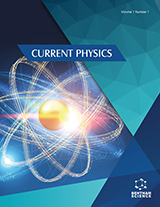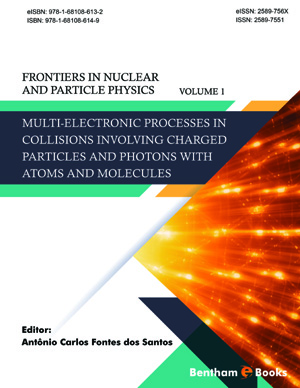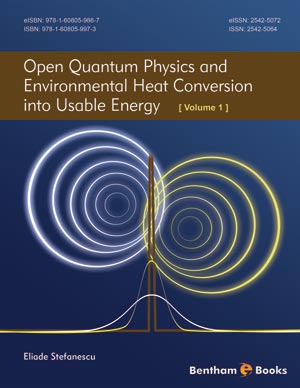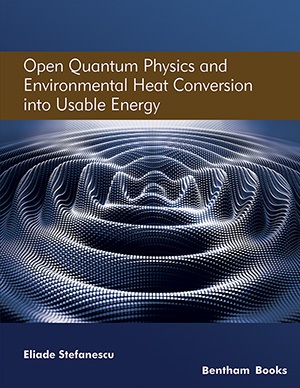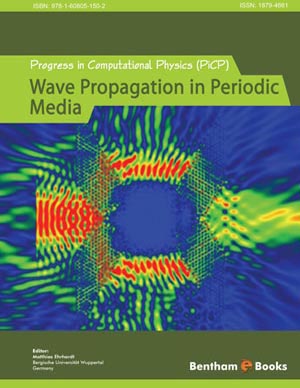Abstract
Unlike most chapters, whose content is mutually exclusive to that contained elsewhere in the same book, there was intentional redundancy between some of the material in this chapter and previous chapters. The reason is that both satellites and space debris (each the subject of a previous chapter), were deemed individual and independent risks to those residing on the Earth and spacefarers. But for the purposes of the present chapter, both are also important factors in space saturation. In this chapter space saturation was defined and exemplified. We learned about the linear nature of space saturation. The constant reality of cosmic collisions was explained, exemplified and quantified. Collisions involving space satellites, asteroids, comets, planets, centaurs, galaxies and other space bodies were described. The past, present and future incidence of collisions was estimated.
Keywords: Air traffic control, Canadian Space Society, Center for Space Standards and Innovation, Commercial Space Launch Amendments Act of 2004, Deep Impact Space Probe, Demonstration of Autonomous Rendevouz Technology, Hirayama family, International Space University, Jodrell Bank Observatory, Kessler syndrome, Late Heavy Bombardment, Luna 15, Mishap Investigation Board, Radarsat satellites, SpaceShip Two, space saturation, Tempel 1, WhiteKnight Two, Xinhua News Agency.



